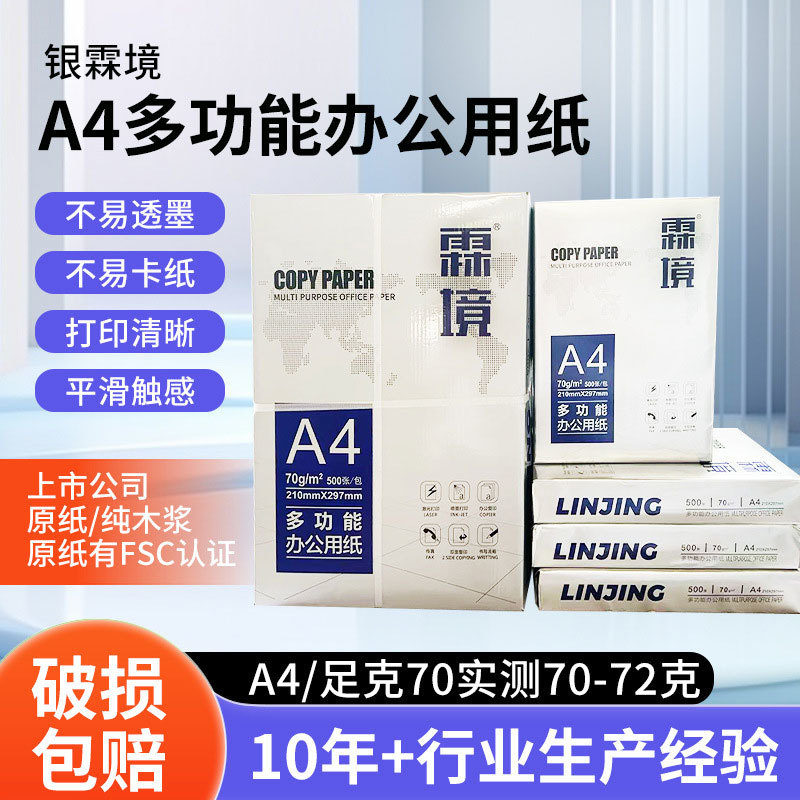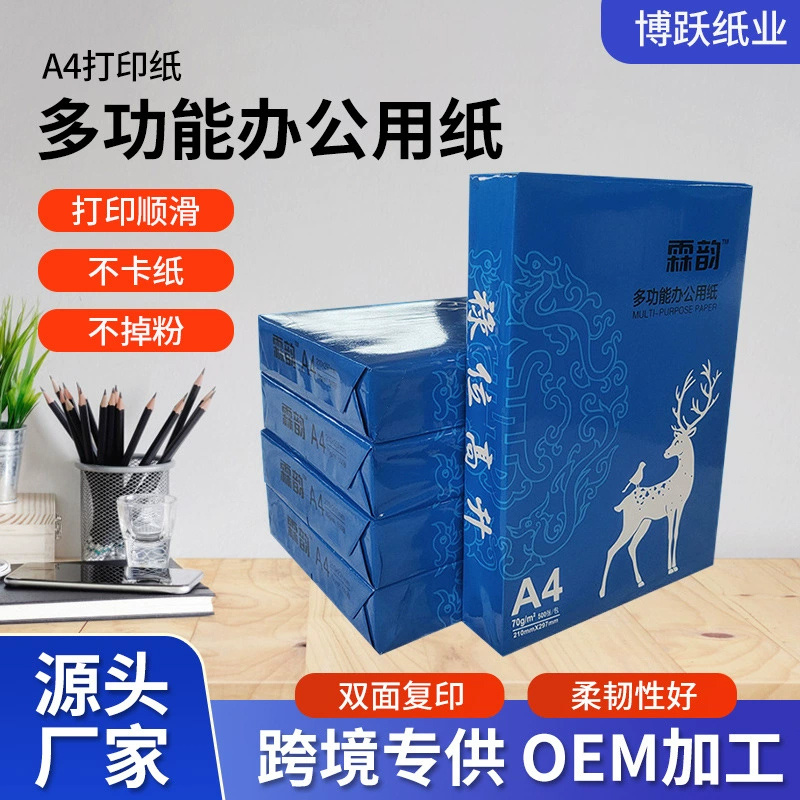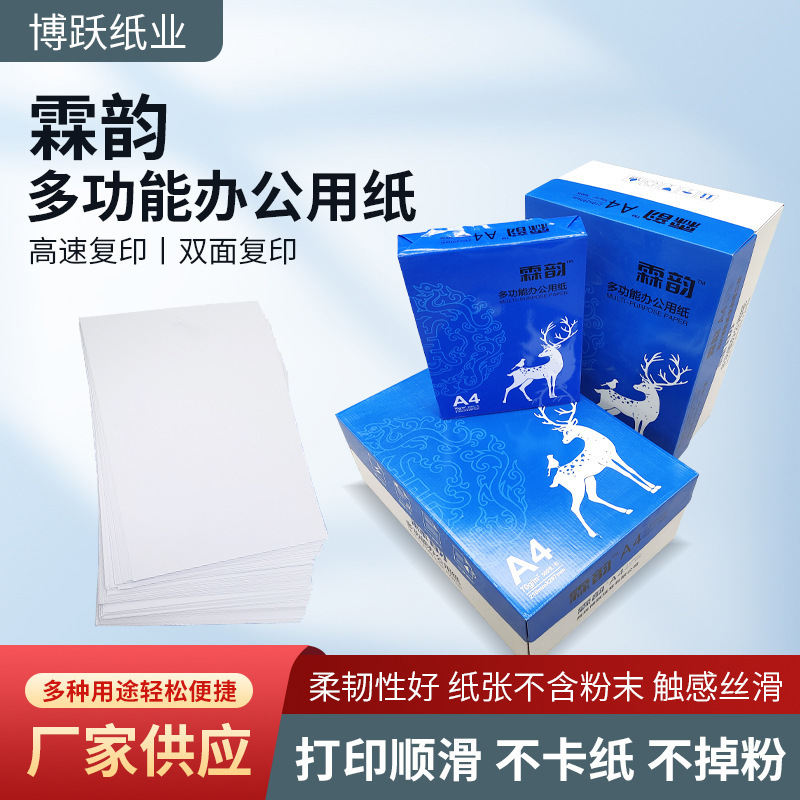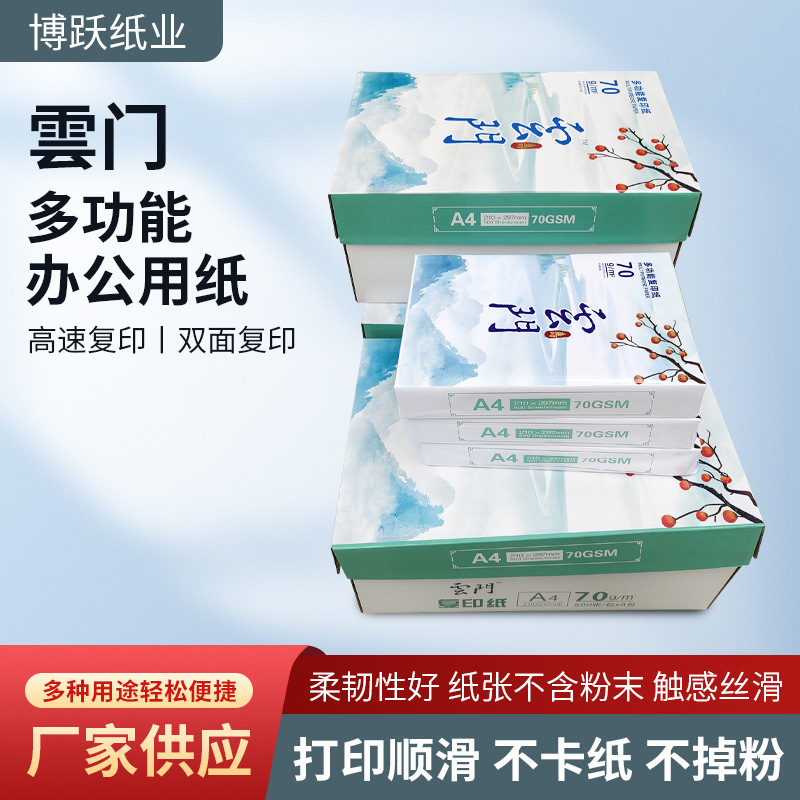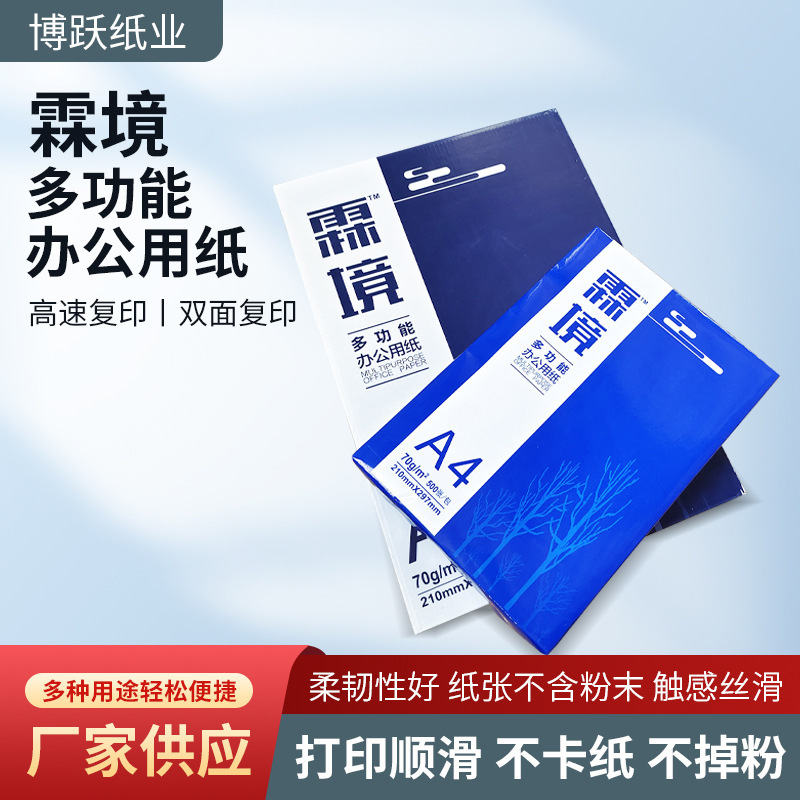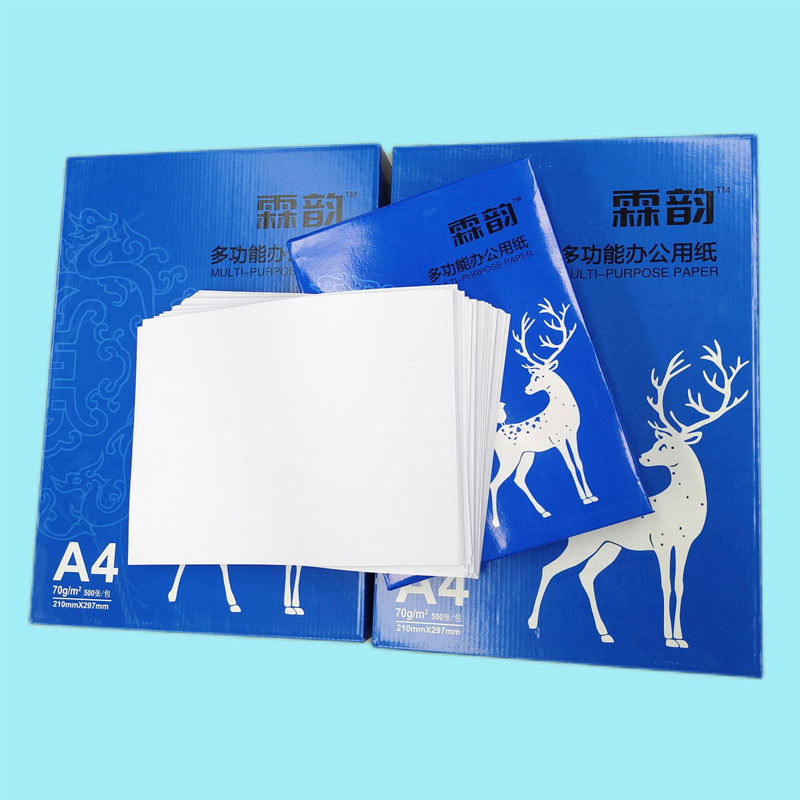20
2024
-
02
The basic purchase principle of copy paper
The paper can be white or colored, and to ensure a smooth feed, the paper must be cut cleanly and precisely.
1. Paper quality
The paper can be white or colored, and to ensure a smooth feed, the paper must be cut cleanly and precisely. You may find that some cheap paper does not have precise cutting, and the size of the paper may deviate from the size stated on the package by 2-3mm. Similarly, cheap paper may be full of dust. The above problems should be avoided
2. Paper weight
When printing, the paper must pass through a precise paper path. Paper that is too light or too heavy may refuse to enter the printer. Therefore, light or heavy paper is usually not suitable for most printers. This can cause frequent paper jams. Most laser printers are designed to use paper weighing approximately 70-90 grams per square meter, or 20-24 pounds in U.S. units. Some laser printers use 60 grams per square meter of paper, but this is the exception rather than the rule.
3. Paper condition
All paper must be kept clean. Wet paper will not feed properly and may tilt or fold in the paper path. Print quality on wet paper is usually poor. On a laser printer, wet spots may appear blurry (or not at all). In all cases, the paper should be protected from dust and dirt, which may contaminate the printer's mechanism, so be sure to use new paper (especially if the printer has been idle for a long time).
4. Paper surface and curl
All paper has a natural tendency to curl slightly, because the paper is usually kept in a large roll before being cut. The direction of curl (the opposite side of the preferred printing surface) is generally marked with an arrow on the packaging of the paper. Most laser printers require the paper roll to be placed with the surface facing up (printing the other side), which can reduce the occurrence of paper failure and paper blockage.
Previous Page
Previous Page




